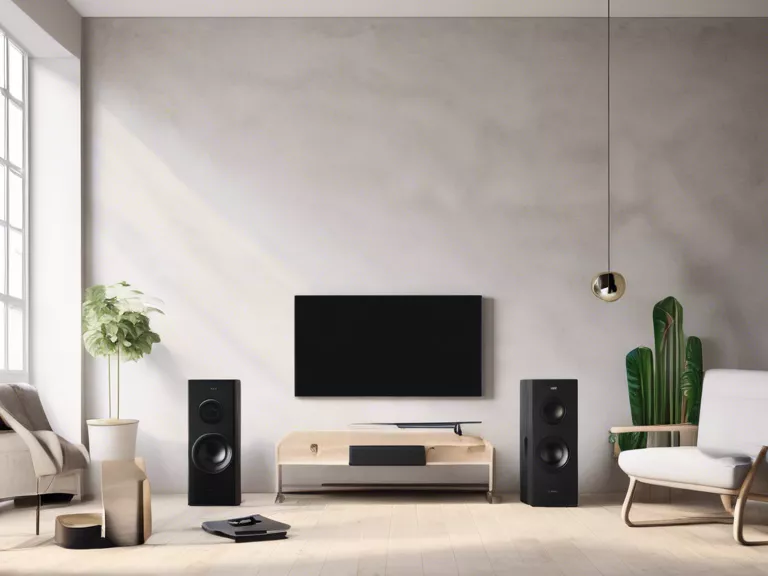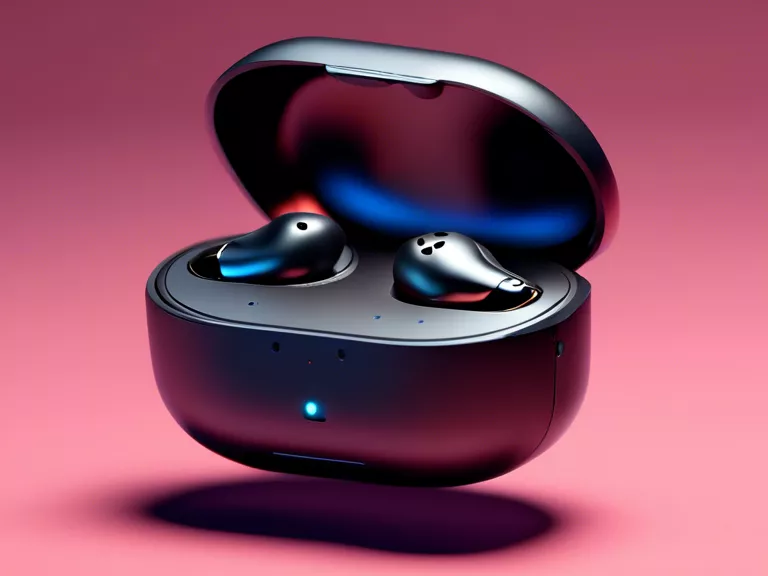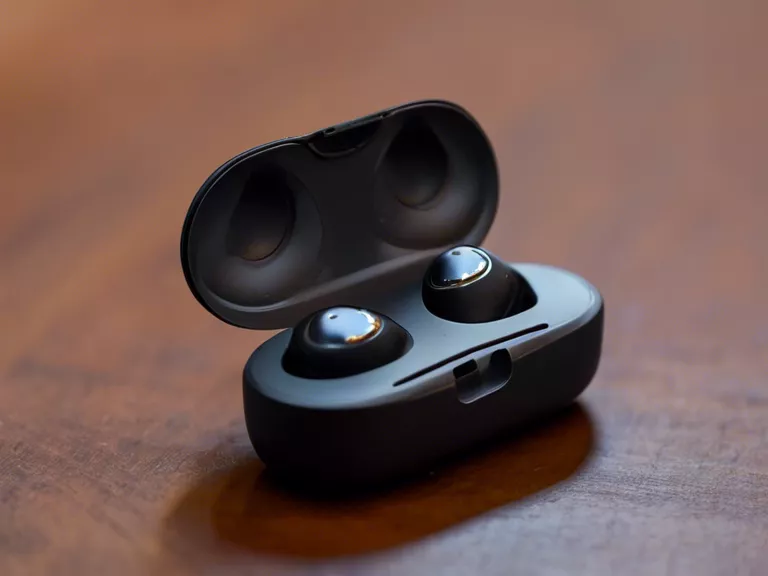
Spatial audio technology is changing the way we experience music and sound in our everyday lives. From immersive video games to virtual concerts, the use of spatial audio is revolutionizing the listening experience by creating a sense of depth and dimensionality that traditional stereo sound simply cannot replicate. In this article, we will explore how spatial audio works, its applications in various industries, and how it is transforming the way we engage with audio content.
How Spatial Audio is Revolutionizing the Listening Experience
Imagine being able to hear the sound of a raindrop falling to your left, while a bird chirps in the distance to your right, all while listening to your favorite song. This level of realism and immersion is made possible by spatial audio technology, which simulates the way sound waves interact with the environment around us to create a more lifelike listening experience.
Spatial audio works by using algorithms to manipulate the audio signals in such a way that they appear to be coming from different directions and distances. By playing these modified signals through multiple speakers or headphones, listeners can feel as though they are surrounded by the music or sound effects, rather than just hearing them in a flat, two-dimensional space.
This technology has a wide range of applications, from enhancing the sound quality of video games and movies to creating more engaging virtual reality experiences. Spatial audio can also be used in live music performances to give audiences a more immersive and interactive experience, even from the comfort of their own homes.
As spatial audio continues to evolve and become more widespread, the possibilities for its use are virtually limitless. Whether you're a music lover, a gamer, or a movie buff, the impact of spatial audio on the listening experience cannot be overstated. Get ready to step into a world where sound comes alive all around you, thanks to the power of spatial audio technology.



